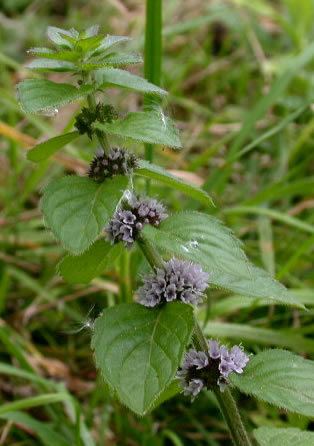Rank Species | Genus Mentha Higher classification Mint | |
 | ||
Similar Mint, Water Mint, Field bindweed, Peppermint, Lamiaceae | ||
Csir cimap menthol mint technology for cultivation and processing of mentha arvensis menthol mint
Mentha arvensis (field mint (पुदीना/ Pudina,"Podina" in Hindi), (Urdu: پودینہ) wild mint, or corn mint) is a species of mint with a circumboreal distribution. It is native to the temperate regions of Europe and western and central Asia, east to the Himalaya and eastern Siberia, and North America.
Contents
- Csir cimap menthol mint technology for cultivation and processing of mentha arvensis menthol mint
- Field mint mentha arvensis
- Description
- Subspecies
- Uses
- References
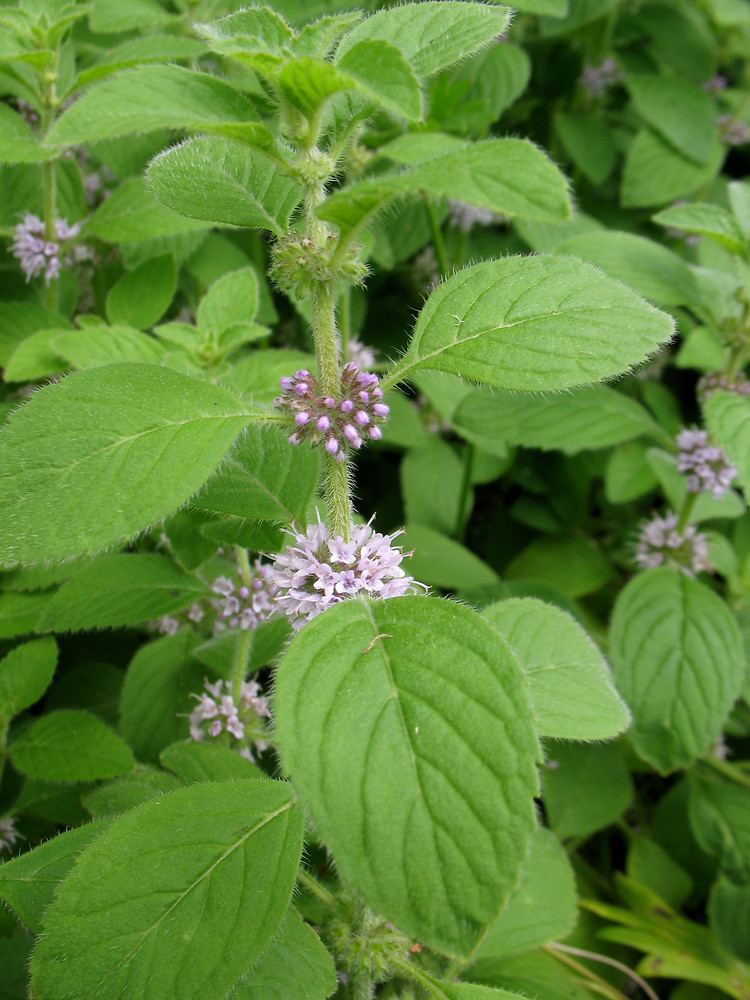
Field mint mentha arvensis
Description
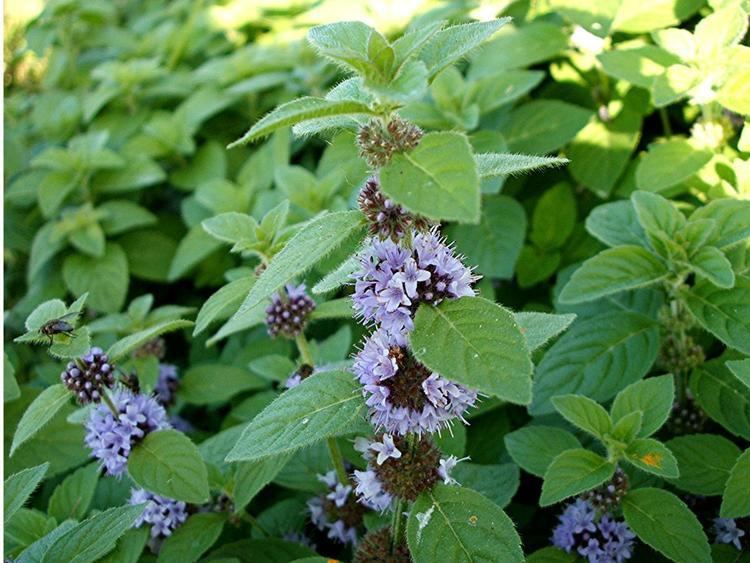
Wild mint is a herbaceous perennial plant generally growing to 10–60 cm (3.9–23.6 in) and rarely up to 100 cm (39 in) tall. It has a creeping rootstock from which grow erect or semi-sprawling squarish stems. The leaves are in opposite pairs, simple, 2–6.5 cm (0.79–2.56 in) long and 1–2 cm (0.39–0.79 in) broad, hairy, and with a coarsely serrated margin. The flowers are pale purple (occasionally white or pink), in whorls on the stem at the bases of the leaves. Each flower is 3 to 4 mm (0.12 to 0.16 in) long and has a five-lobed hairy calyx, a four-lobed corolla with the uppermost lobe larger than the others and four stamens. The fruit is a two-chambered carpel.
Subspecies
There are six subspecies:

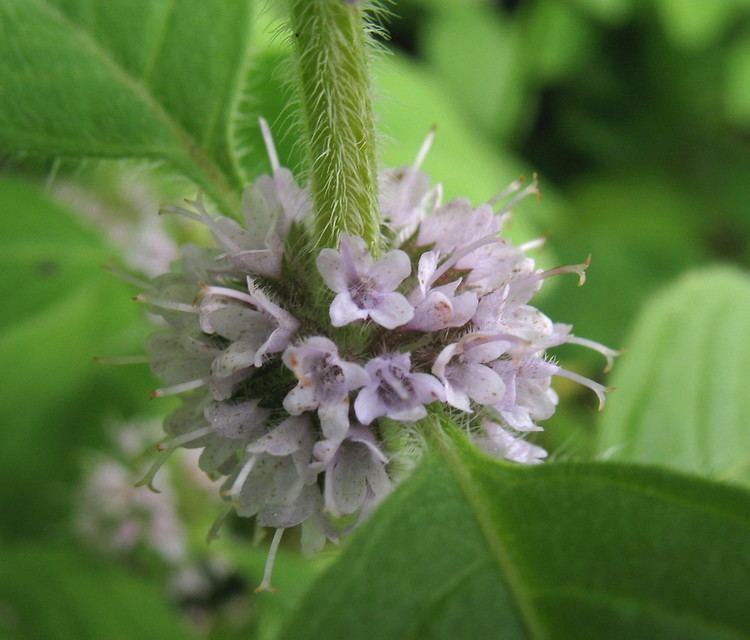
The related species Mentha canadensis is also included in M. arvensis by some authors as two varieties, M. arvensis var. glabrata Fernald (in reference to North American plants) and M. arvensis var. piperascens Malinv. ex L. H. Bailey (in reference to eastern Asian plants).
Uses

In ayurveda, Pudina is considered as appetizer and useful in gastric troubles. In Europe, wild mint was traditionally used to treat flatulence, digestive problems, gall bladder problems and coughs. The Aztecs used it for similar purposes and also to induce sweating and they used the infusion to cure insomnia. The oil was extracted and rubbed into the skin for aches and pains. The Native Americans also used it in several traditional ways. Nowadays it is used in many countries for various ailments. Mint extracts and menthol-related chemicals are used in food, drinks, cough medicines, creams and cigarettes.
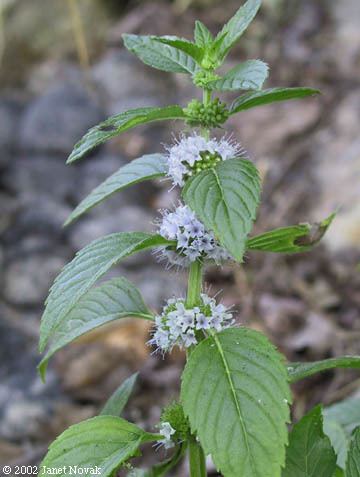
Chemical substances that can be extracted from wild mint include menthol, menthone, isomenthone, neomenthol, limonene, methyl acetate, piperitone, beta-caryophyllene, alpha-pinene, beta-pinene, tannins and flavonoids.
Menthol is widely used in dental care as a topical antibacterial agent, effective against streptococci and lactobacilli.

